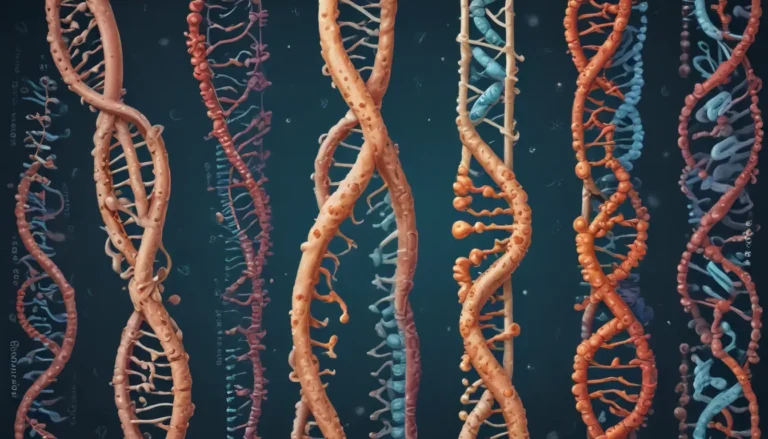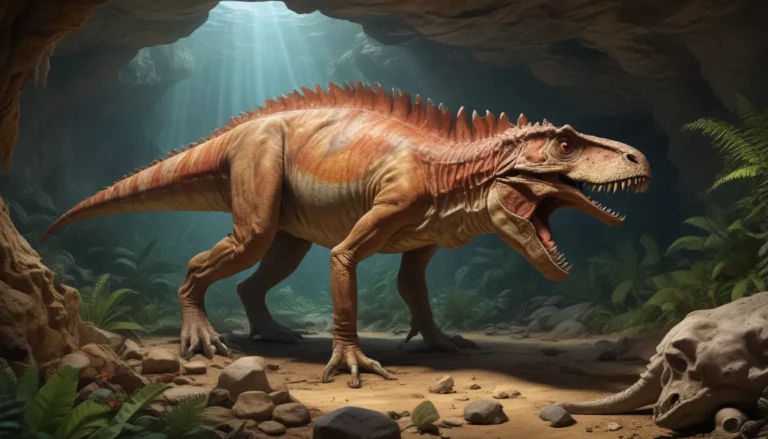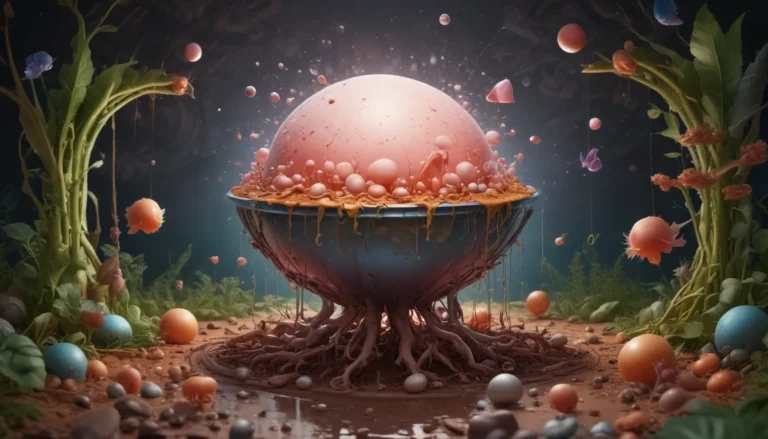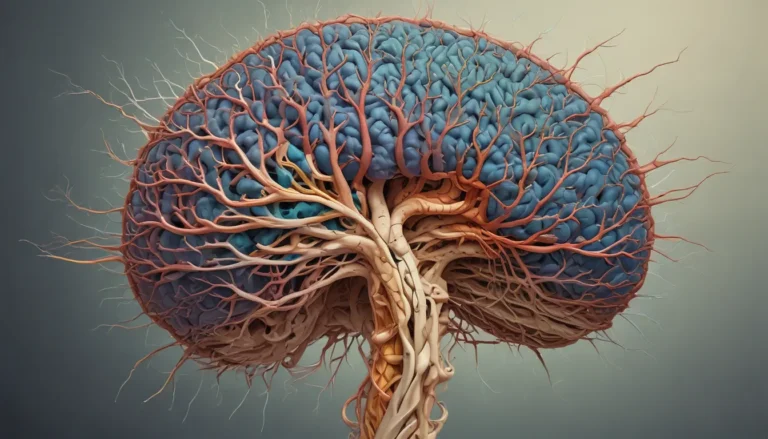A Note About Images: The images used in our articles are for illustration purposes only and may not exactly match the content. They are meant to engage readers, but the text should be relied upon for accurate information.
Welcome to the captivating world of archaea, a group of single-celled microorganisms that have long intrigued scientists with their unique adaptations and ecological significance. While not as widely known as bacteria or fungi, archaea possess distinct genetic and biochemical characteristics that set them apart in the vast tapestry of life on Earth. From extreme environments to ancient origins, archaea have plenty of surprises up their microscopic sleeves. In this article, we will delve into 12 captivating facts about archaea that showcase their remarkable resilience, crucial roles in global nutrient cycles, and potential applications in various fields of study.
The Three Domains of Life
Archaea, along with Bacteria and Eukarya, form the triumvirate of life on our planet. Despite their visual resemblance to bacteria, archaea boast unique genetic and biochemical features that distinguish them from their microbial counterparts.
Thriving in Extreme Environments
Archaea are known for their ability to thrive in some of the harshest conditions on Earth, from scorching hot springs to deep-sea hydrothermal vents and acidic environments. These resilient microorganisms have even been discovered in the icy depths of Antarctica and the boiling waters of geysers.
Unique Cell Membranes
Unlike other organisms, archaea boast cell membranes composed of distinct lipid structures known as isoprenoids. This unique composition enables them to withstand extreme temperatures, acidic, or alkaline environments that would be deadly to most other life forms.
Pivotal Players in Global Nutrient Cycles
These microscopic marvels play essential roles in key biogeochemical processes such as nitrogen fixation, carbon cycling, and sulfur metabolism. Without archaea, the delicate balance of these crucial cycles would be disrupted, underscoring their ecological significance.
Methanogens: Gas Producers Extraordinaire
Some archaea, known as methanogens, specialize in producing methane gas as a byproduct of their metabolism. These gas-generating microorganisms can be found in diverse environments, including the digestive tracts of humans and animals, where they contribute to the production of intestinal gas.
Diverse Metabolic Pathways
Archaea exhibit a wide array of metabolic strategies to harness energy, including photosynthesis, chemosynthesis, and fermentation. This metabolic versatility enables them to thrive in a variety of environments with different energy sources.
Extremophiles Beyond Earth
Studies have hinted at the potential existence of archaea-like organisms in extreme environments on other celestial bodies such as Mars and Europa, one of Jupiter’s moons. These tantalizing findings raise intriguing questions about the possibility of extraterrestrial life.
Symbiotic Relationships
Archaea have been discovered forming symbiotic associations with other organisms, such as in the gut of termites, where they aid in breaking down cellulose. This mutually beneficial partnership underscores the ecological importance of archaea in diverse ecosystems.
Biotechnological Potential
Archaea produce enzymes and molecules with valuable industrial applications, including the production of biofuels, pharmaceuticals, and bioplastics. Their unique properties make them a sought-after resource for biotechnological innovations.
Ancient Origins
Genomic studies have unveiled that archaea boast a deep evolutionary history, predating the emergence of eukaryotes. Their ancient lineage provides valuable insights into the early stages of life on Earth and the intricate web of evolutionary relationships.
Surviving Without Oxygen
Some archaea, known as anaerobes, exhibit the remarkable ability to thrive in environments devoid of oxygen. This adaptive characteristic allows them to carve out ecological niches that would be inhospitable to other oxygen-dependent organisms.
Ongoing Scientific Exploration
Despite their significance, archaea remain somewhat overlooked compared to their bacterial and eukaryotic counterparts. Nevertheless, ongoing research endeavors are dedicated to unraveling more about their biology, ecological roles, and potential applications across various scientific disciplines.
Unveiling the Secrets of Archaea
In conclusion, archaea stand as captivating microorganisms that continue to captivate the scientific community with their unique characteristics and ecological importance. From their resilience in extreme environments to their contributions to biotechnology and their ancient origins, archaea hold a wealth of secrets waiting to be uncovered. Through dedicated research and exploration, scientists are piecing together the intricate puzzle of these fascinating organisms and their integral role in shaping life on Earth.
Explore Further with Archaea FAQs
- What is archaea?
Archaea are single-celled microorganisms distinct from bacteria and eukaryotes, with their own domain in the classification of life. - Where can archaea be found?
Archaea inhabit a wide range of habitats, from extreme environments like hot springs and deep-sea vents to more common settings like soil and animal gastrointestinal tracts. - What makes archaea unique?
Archaea possess unique cell structures and metabolic pathways that enable them to thrive in extreme conditions unsuitable for most other organisms. - What is the role of archaea in biotechnology?
Archaea offer valuable enzymes and metabolic capabilities with applications in biofuel production, environmental cleanup, and insights into life’s origins. - How ancient are archaea?
Archaea are among the oldest life forms on Earth, with evidence of their existence dating back billions of years and providing essential clues to early evolutionary processes.
Embark on a microbial odyssey through the fascinating world of archaea, where single-celled wonders await with astounding adaptations and a richness of diversity that will expand your understanding of life’s intricate tapestry. Uncover the hidden wonders of microbial communities thriving in every nook and cranny of our planet, engaging in a dance of complexity and cooperation that sustains the delicate balance of ecosystems worldwide.
Our commitment to delivering trustworthy and engaging content is unwavering, with each fact contributed by real users like you and meticulously reviewed by our dedicated editors for accuracy and reliability. As you explore and learn with us, trust in our dedication to providing quality and authentic information that illuminates the captivating world of archaea and the multitude of secrets they hold.






